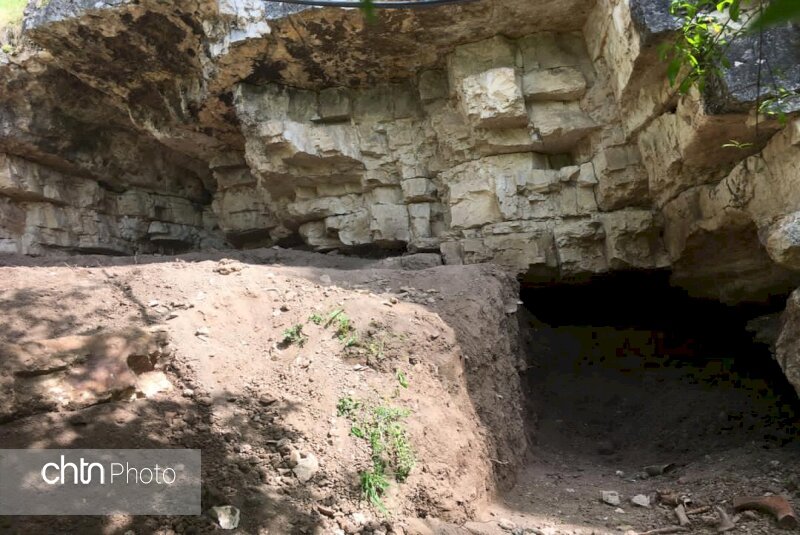Archaeologists discover rocky cave in northern Iran

TEHRAN – A team of Iranian archaeologists has recently discovered a rocky cave that based on available evidence is expected to have a historical background.
The cave was found some 30 meters away from Hotu Cave which is situated in Behshahr county of the northern Mazandaran province, the provincial tourism chief announced on Wednesday.
The jackals’ skulls found in the cave’s upper layers led to it being named Shal, meaning jackal in the region’s local language, Seifollah Farzaneh added.
The cave seems to be at least 10 meters long, but with further excavations, its depth and dimensions can be determined more accurately, the official added.
Archaeologists hope the cave discovery will shed light on the cave-dwelling period and the beginning of rural life in Mazandaran, he explained.
Located on a cliff on the slopes of the Alborz Mountains in the village of Tarujen, five kilometers southwest of Behshahr, Hotu cave is estimated to date back to 13,000 years ago.
The first excavations on the cave took place from 1949 to 1957 by American anthropologist Carleton S. Coon, in which several ancient objects and tools were discovered.
Exploring a cave may not be on the “to-do list” of travelers in Iran. However, Karaftu, Ali-Sadr and Quri Qaleh, and Katale-Khor are amongst the most visited caves.
Iran is geologically a part of the Alpine-Himalayan organic belt. According to Britannica Encyclopedia, the enigmatic evidence of human presence on the Iranian plateau is as early as Lower Paleolithic times.
The first well-documented evidence of human habitation is in deposits from several excavated cave and rock-shelter sites, located mainly in the Zagros Mountains of western Iran and dated to Middle Paleolithic or Mousterian times (c. 100,000 BC).
Soaked in a vibrant history, Mazandaran (also known as Tabarestan) was a cradle of civilization since the beginning of the first millennium BC. According to Britannica Encyclopedia, it was almost overrun in about 720 CE by the Arab raiders.
Its insecure eastern and southeastern borders were crossed by Mongol invaders in the 13th and 14th centuries. Cossacks attacked the region in 1668 but were repulsed. It was ceded to the Russian Empire by a treaty in 1723, but the Russians were never secure in their occupation. The area was restored to Iran under the Qajar dynasty. The northern section of the region consists of a lowland alongside the Caspian and an upland along the northern slopes of the Alborz Mountains.
ABU/AFM
